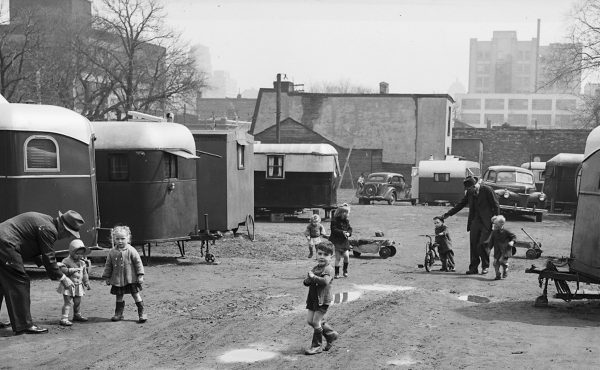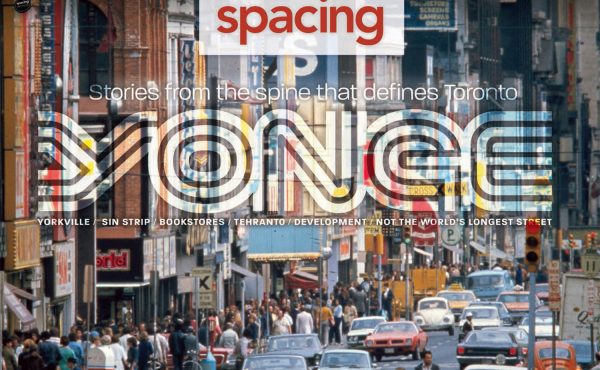
Jessica Hume will be covering the Ourtopias at the Design Exchange June 15 to 16 for the Spacing Wire. “Ourtopias: Ideal cities and the roles of design in remaking urban spaces†runs June 14 to 16 at the Design Exchange. www.dx.org
– – – – – – – – – – – – – – – –
David Hughes has come to the OURTOPIAS design conference with a message of hope. Because hope, he says, is what drives us to create better products, better buildings, better communities and better cities.
As President and CEO of Habitat for Humanity, a national non-profit organization that builds sustainable and affordable homes for low-income people, Hughes hopes to give dignity and self-respect back to those living in substandard conditions.
“Our big question was how, in a world of great wealth, luxury housing, technology and unlimited potential, can we tolerate homelessness?†he explained. “Amazing things happen when you address people, when you listen to them.â€
Habitat for Humanity has a mission to mobilize volunteers and community partners in building affordable homes in order to break the cycle of poverty. The homes are interest free with no-profit mortgages. Habitat has redesigned its building process to include more energy-efficient standards for windows, doors and light bulbs; LEED standard supplies are used and the organization is looking into passive solar energy. The organization is also starting to build multi-family dwellings as well as single family homes.
How one builds is as important as what one builds, Hughes says. The way it works at Habitat, every family getting a home contributes 500 “sweat equity†hours toward building their own or another of the organization’s homes.
“We engage the local neighbourhoods. You don’t have to be an expert to work on our building sites,†Hughes said. “We’re building better, stronger communities by engaging volunteers.â€
Habitat was founded in 1976 internationally, 1985 in Canada. The organization has built over 200,000 homes in Canada and around the world. Habitat has been expanding in recent years, with an annual growth rate of about 14%. Hughes attributes some of the organization’s success to its ability to be flexible, adaptable to different geographies and cultures.
“Diverse, integrated, mixed-use, mixed-tenure communities are critical for a healthy society,†he said. “Often when non-profit organizations increase (in size), the want to do it all, they want to help everyone. Habitat for Humanity has maintained its focus.â€
But Hughes says Habitat could be better still. He wants the homes to be larger, better, he wants to maximize the use of donations. The creation of a task force would help Habitat built organizational memory. While there’s always room for improvement, Habitat is an organization with integrity and a genuine desire to be part of The Solution.
“If a developer is only focused on the bottom line, we won’t work with them,†Hughes said. “We’re not making any compromises between good design and affordability.â€
photo by Tanja-Tiziana Burdi



